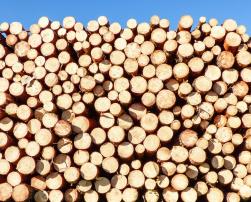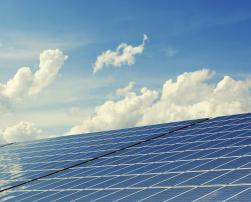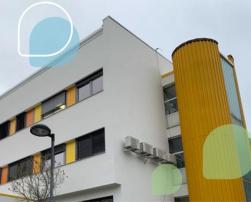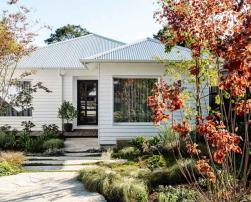
Google's new office, built entirely from mass timber, showcases sustainable design with energy efficient features, responsible sourcing, and a focus on environmental and community well being.

Google's new office, built entirely from mass timber, showcases sustainable design with energy efficient features, responsible sourcing, and a focus on environmental and community well being.

ETH Zurich developed a sustainable, passive dehumidification system using 3D-printed, moisture-absorbing wall and ceiling components made from marble waste and geopolymer, reducing humidity and greenhouse gas emissions compared to traditional ventilation systems.

This review explores the potential of reusing glass waste from decommissioned photovoltaic panels in cementitious materials, highlighting improvements in durability, sustainability, and carbon footprint reduction, while emphasising the need for standardised recycling methods and further research.

Oslo's VISIBLE project advances sustainable construction through emission-free machinery, material reuse, and socially responsible practices, providing a model for other cities to achieve a cleaner, fairer construction sector.
According to Passive House principles, the EU-project outPHit promotes deep retrofits which are cost-efficient and reliable. Based on model projects and with the cooperation of many partners, outPHit opens up ways to implement deep energy retrofits. In the process, solutions with a one-stop-shop approach reduce the effort for planning, execution and
quality assurance.

Ancient passive cooling techniques, like thick walls, shaded designs, and water systems, offer sustainable solutions for modern buildings to stay comfortable during heatwaves and blackouts.

A health sector building in Western Slovenia underwent energy renovation in 2019, achieving an SRI score of 18%, with potential upgrades like photovoltaic panels and smart systems promising a rise to 51% and improved efficiency, comfort, and flexibility.

A draughty cottage in Blackburn North was transformed into a sustainable, energy-efficient Passivehouse-standard home using recycled materials and ecological design.

Smart windows, like electrochromic and thermochromic types, help reduce energy use by controlling heat transfer, but further research is needed to make them more efficient and suitable for diverse climates.

Indoor air pollution, caused by tobacco smoke, cooking, cleaning products, mould, and dust, poses serious health risks, but can be mitigated through ventilation, HEPA filters, green products, air purifiers, and indoor plants.